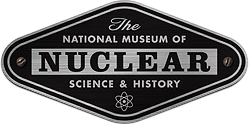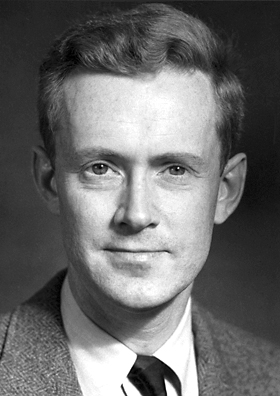Edward Purcell (1912-1997) was an American physicist who won the 1952 Nobel Prize in Physics for his discovery of nuclear magnetic resonance, the eventual basis for magnetic resonance imaging (MRI).
Purcell worked on microwave radiation at the MIT Rad Lab during World War II, and was briefly involved in some of the Trinity test preparations.
He was close to J. Robert Oppenheimer after the war when both were at Harvard University, and was with him when the United States conducted its first test of a hydrogen bomb. He also had a positive relationship with Manhattan Project physicist Herbert York, whom he praised for his own efforts to chronicle the project as well as his work on the early American space program.





